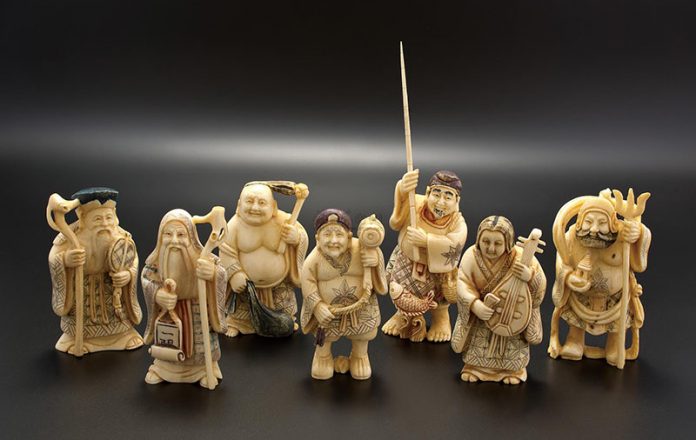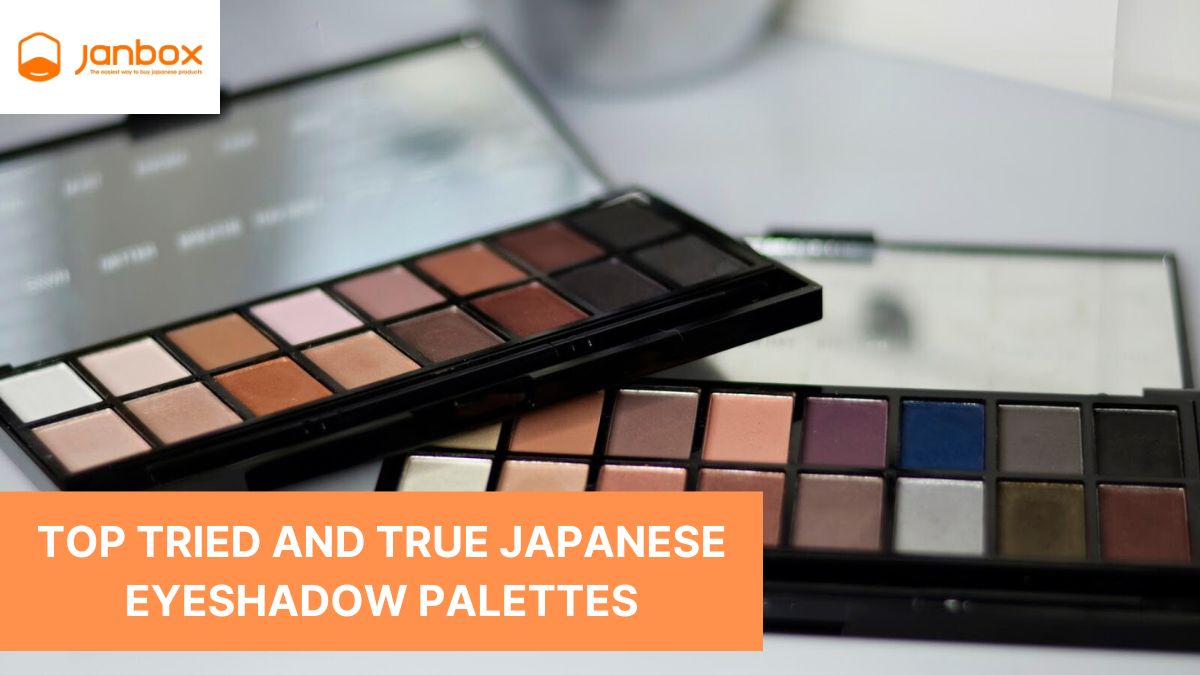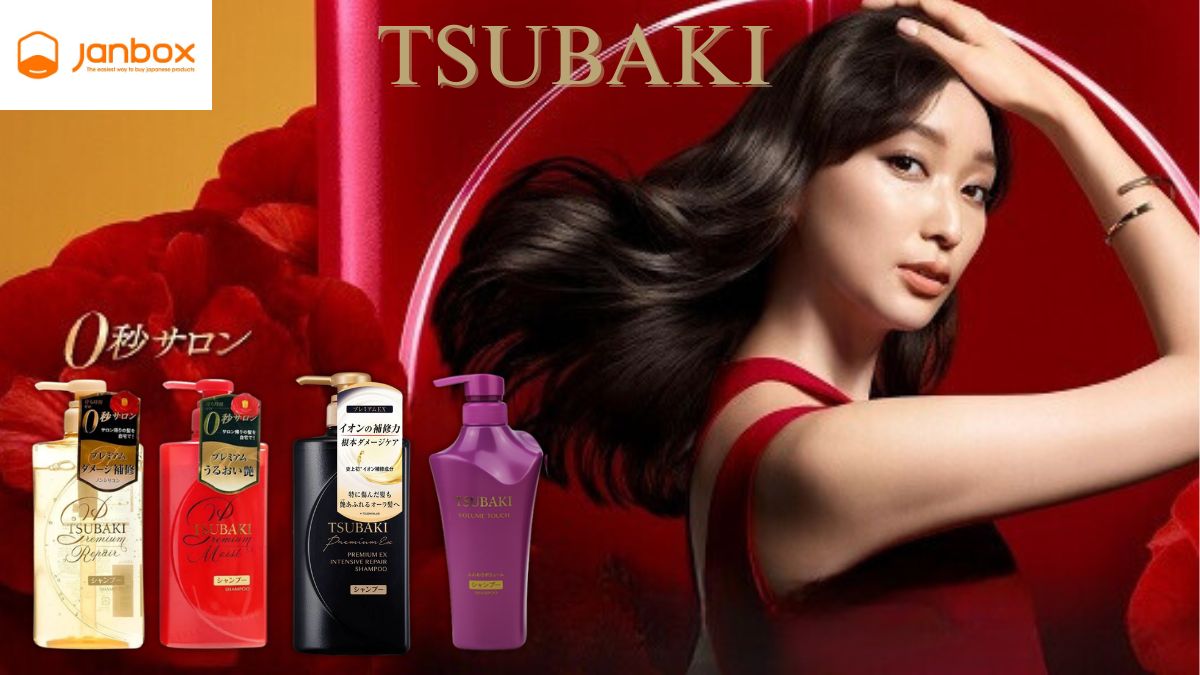Netsuke is popular art and collector’s goods in Japan. Institutions such as the Met Museum and the British Museum have outstanding holdings outside of Japan. There are also several vendors that specialize in purchasing and selling genuine Edo Japan netsuke. The following information will assist individuals who do not fully comprehend all aspects of this traditional Japanese item. All of the facts of netsuke will be explained, and you will undoubtedly become entirely involved in the ideal netsuke works.
I. What is netsuke?
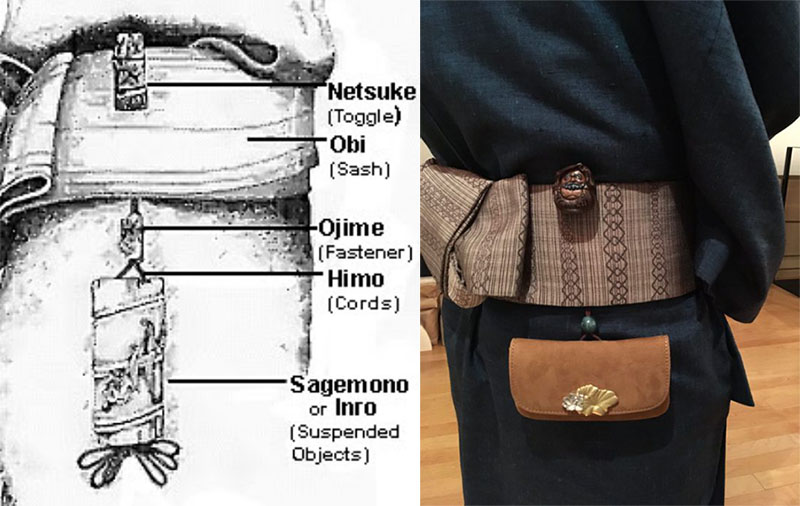
A netsuke (根付) is a small sculpture (of wood or ivory) that dates back to the seventeenth century in Japan. Netsuke began as a simple carved button fastening on the cords of an inro box and evolved into ornately sculpted works of art. The physical qualities or needs of the netsuke are as follows:
- It contains a hole or a channel (Himotoshi) through which the cable may be threaded to function as a toggle attached to hanging things.
- It doesn’t (or shouldn’t) have pieces that may easily be damaged or catch the clothing while worn as an accessory or handled in the hands.
- It is tiny enough to be worn around the waist. It’s usually approximately the size of your hand, although it might be a little smaller or bigger than that.
Although ivory and wood were commonly used to carve Netsuke, there are examples of other materials, such as carved nuts. They were either drilled to accept the inro cord or carved with grooves in the pattern. They were designed to be smooth with no noticeable protuberances that may break off or snag on the kimono.
Netsuke is elaborately crafted things of extraordinary beauty as we know them now. Raiden, the deity of wind, thunder, and lightning; Daruma, the real founder of Zen Buddhism who meditated for nine years; and the Shojo, a monster who dwells at the bottom of the sea and enjoys drinking sake, are just a few of the magical or mystical entities shown through netsuke.
Many similar motifs may be seen, including zodiac animals, Japanese folklore creatures, monks, masks, and more. The passion and expertise that goes into carving something so little and intricate are certainly amazing, but it also shows how much precision and attention went into designing the perfect clothing in medieval Japan.
The usage of netsuke dropped with the move to European attire, practically vanishing between the end of the nineteenth century and the first quarter of the twentieth century, yet netsuke manufacture did not fully stop. Instead, netsuke evolved into a type of fine art as a result of the strong influence of Western collectors visiting Japan in increasing numbers, and it still exists as such today, with real master-carvers from all over the world making these little marvels.
II. Purpose of netsuke
The compound root-attach implies that it was used to join two things together. This was precisely their goal. A netsuke, to be more precise, was a component of a system that permitted goods to be carried while wearing traditional Japanese garb.
The kimono was crucial in the development of netsuke. Because kimono and other traditional Japanese clothes do not have pockets, this is the case. As a result, new ways of carrying common objects on one’s person were required. There were three main approaches used.
The most natural answer was to stow items in the kimono’s amble sleeves or ample breast folds. Despite its simplicity, this approach has a number of flaws and limits. After that, tuck objects under the kimono’s obi (sash). Though it doesn’t appear to be ideal, it is a step forward from the first. Hanging stuff from the obi was the final solution (sash). Netsuke was required for this solution. A container, string, netsuke, and toggle were all required to successfully hang objects from the obi.
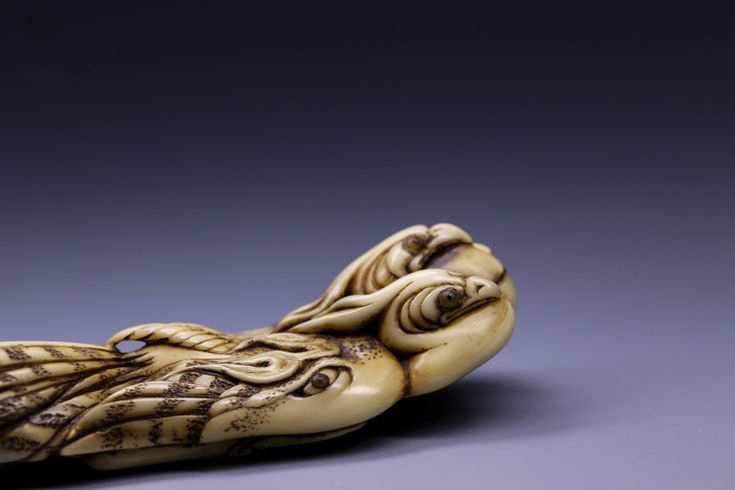
The container (inrō) was a box with many portions piled on top of each other. A cord might be inserted through a channel along the container’s side. The cable was then fed through a toggle (ojime) and a hole in a netsuke at the top of the loop. The cable would return down the other side of the inrō, passing through the ojime (container).
Knotting the cord beneath formed a loop with the inrō at the bottom, netsuke at the top, and ojime (toggle) in the center, with the inrō at the bottom, netsuke at the top, and ojime (toggle) in the middle. The loop was slid under the obi and the netsuke was looped over the top edge of the sash when it was ready to use (obi).
The system’s greatest strength was the ability to secure the sections together by pulling the toggle towards the tiered container. Moving the toggle up, on the other hand, loosened the inrō, providing access to its contents. As a result, the inrō could be used while the loop remained in place.
It was more convenient to carry objects in this manner than to hide them in any way around the clothing. Netsuke was a minor but crucial component of the carrying system. Netsukes were an essential piece of clothing as well as excellent works of miniature art during the Tokugawa era (1603–1868).
III. What makes a netsuke valuable?
Five factors combine to create netsuke enduring repositories of value, sources of intrigue, and objects of aesthetic gratification among today’s discriminating art lovers: diversity, authenticity, sculptural quality, collectability, and celebrity.
Netsuke has established itself as a worldwide art form and a means of communication between Japan and the rest of the globe. Their unique history fosters a sense of shared ownership, which encourages more equitable participation. Netsuke is no longer divided between Japanese creators and Western collectors; they instead serve as a bridge between civilizations.
IV. Netsuke’s Origin
Although the exact date of the netsuke’s invention is unknown, certain netsuke is represented in paintings from the early 17th century, implying that the netsuke was already in use at the time.
During the Edo era, netsuke evolved from basic pieces of wood or whatever else could be used as a toggle to a handmade art with tremendous craftsmanship and fun concepts. Thousands of artists created netsuke in a broad range of topics and materials; early carvers specialized in other professions such as metallurgy or sculpting and manufactured netsuke as a hobby, while many later carvers committed their whole careers to netsuke creation.
However, because of changes in fashion and cultural settings, netsuke’s popularity began to decrease about the mid-nineteenth century. Through the mid-twentieth century, a very limited number of netsuke artisans continued to produce high-quality netsuke.

Westerners got intrigued by netsuke in the mid-nineteenth century. Those small sculptures began to be transported in considerable quantities to the West. Since then, outsiders have avidly traded, collected, and researched netsuke, whereas the bulk of Japanese people has paid little attention to them.
“Antique netsuke” refers to netsuke carved before that period, whereas “modern netsuke” refers to netsuke carved after that time. This term refers to more than just “netsuke manufactured in contemporary times”.
Several western collectors and dealers have pushed Japanese artists to make netsuke based on their own unique ideas and modern sensibilities, rather than just replicating old items. The number of netsuke artists has been increasing in Japan, as well as in other countries, and there are currently about a hundred Japanese and non-Japanese artists whose works are frequently sold and exhibited.
V. Types of netsuke
- Katabori Netsuke
Figural, three-dimensional sculpture fashioned from a range of materials, including various types of wood and ivory, ceramics, metal, lacquer, amber, black or red coral, glass, and other materials.
- Manju Netsuke
This Netsuke is a round, flat Japanese confection named after the popular bean-paste cake. Usually made of ivory or wood, with relief carving or various sorts of ornamentation like lacquer and other materials inlay.
- Kagamibuta Netsuke
The lid and bowl are generally constructed of ivory or wood, and the lid is usually a metal disc with relief or engraved carving on it.
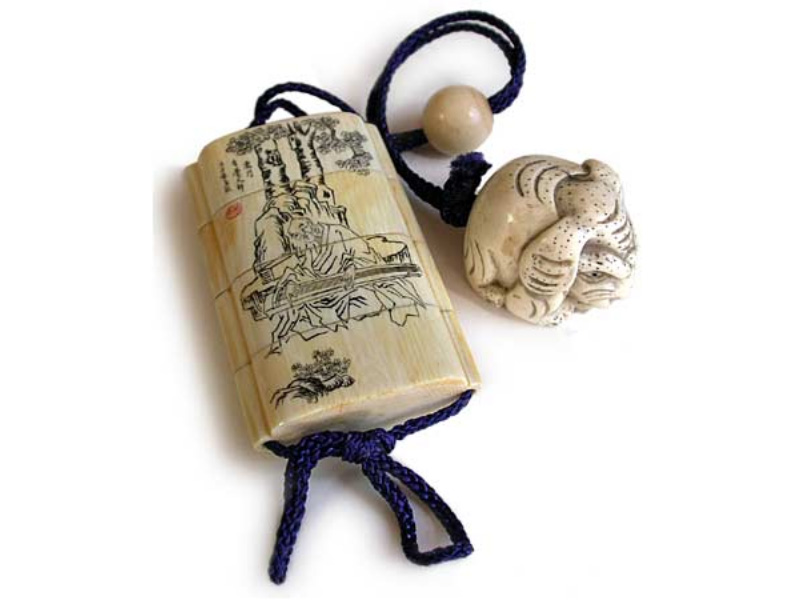
- Ryusa Netsuke
Netsuke in the shape of a manju with an openwork pattern.
- Hako Netsuke
Lacquer or inlay are frequently used to adorn box-type netsuke.
- Men Netsuke
Netsuke disguised as masks.
- Obi-Hasami or Sashi Netsuke
The long, thin netsuke in relief carving or three-dimensional sculpture. It was worn with the sash pushed through it.
- Obiguruma or Obiguruwa
Netsuke in the shape of a bracelet, through which the obi (sash) passes.
- Hihataki Netsuke
It is a dual-purpose Netsuke. In addition to being a toggle, Netsuke may also be used as a sundial. The bowl-shaped Hihataki Netsuke is used as an ashtray for pipes (kiseru).
VI. Which is the most expensive netsuke?
On November 27, 2004, the most expensive netsuke known as Dutchman was auctioned at Lempertz, a German auction house. It was expected to be worth $60.000 (Euro 40.000) but ended up being sold for a whopping $230000 (Euro 154.000). The somewhat caricature-like facial features and elegant dress, as well as his occupation as a hunter whose bait is an indication of the “South Barbarian meat-eaters,” distinguish this unusually large ivory netsuke of a standing Dutchman holding a dead hare over his shoulder that is attached to a gun, dated late 18th century.
This piece’s history, theme, craftsmanship, condition, and, of course, rarity can all be explained by looking at its history, topic, craftmanship, condition, and rarity. The piece has been in prominent netsuke collections for over a century and was first popularized in 1895 by the Japonist art dealer Marcus B. Huish.

The portrayal of the Westerner, particularly the Dutchman, in Japanese art (woodblock prints and netsuke) is a highly sought-after topic. This is due to the vivid representation of these “alien” individuals from another world by Japanese artists, who provide the viewer with a highly incisive and humorous explanation of the clash of two very different civilizations.
Because of his great eye for detail and graceful appearance, the unknown maker of this specific netsuke, which is unsigned, had to be a skilled craftsman. The subject of the Dutchman is not uncommon, but a high-quality work in this condition, especially given its age, is quite unusual.
VII. What are the considerations while purchasing netsuke?
- Authenticity
It’s not easy to tell if anything is genuine. Although the signature is the easiest portion of the carving to forge, certain carvers have always been effective at forging marks of age. To verify authenticity, all that is required is the ability to precisely identify and match the era, style, school, signature, material, and even the stroke and craftsmanship of different netsuke, as with most other art forms. To perfect this requires years of intense study and the handling of thousands of genuine netsuke.
- The Artist’s Artistry/Skill
When we look at a big number of netsuke, we can see the painters’ diverse range of abilities. We witness every degree of ability, from the simplest “folk art” creations to the Michelangelos of the netsuke world. Some collectors seek artists who carve relatively basic carvings, while others seek out artists who carve elaborate and minutely detailed carvings. Both are beautiful, and the level of talent that a particular carver brings to either end of the spectrum is always up for dispute. Advanced collectors, on the other hand, typically agree at least on a carving’s relative qualities.
- Condition
There’s a lot of debate regarding how important wear, chipping, age cracks, and restoration are. Damage does have an impact on the value of netsuke, but the magnitude of that impact varies depending on the age and rarity of the netsuke, among other considerations. Netsuke is meant to show signs of wear, but the wear should not be so extensive that it devalues the item. Most collectors will agree that cracks, minor chips, surface erosions, modest repairs, and other minor flaws are acceptable when the netsuke is of a certain age.
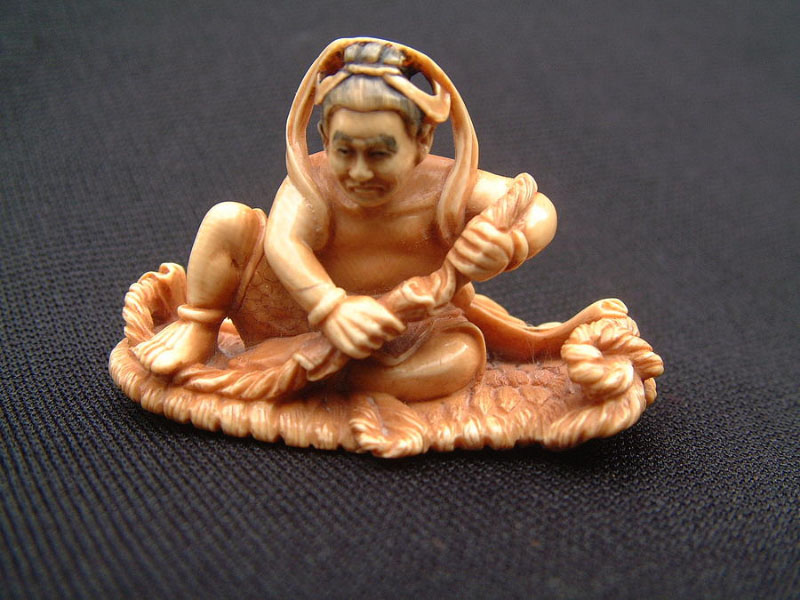
- Carvers of certain artists/schools
Collectors are familiar with the names Tomotada, Okatomo, Toyomasa, Tomiharu, Kaigyokusai, Kokusai, and Morita Soko, and they are highly sought painters. Those who cannot purchase top-level pieces might gather pupils of these top artists, their “schools” of followers, and succeeding carvers who worked in their manner. Netsuke production styles/locations such as Kyoto, Osaka, Asakusa, Tokyo, Iwami, Hida, and others may be distinguished by seasoned collectors. They may even “attribute” a particular netsuke to a famous artist.
- Rarity/Subject
Some subjects are more attractive because they are less common in netsuke. This is the situation with the legendary creature known as a Baku (which eats bad dreams). Others, such as the squirrel, don’t seem to elicit the same amount of curiosity despite their infrequent appearance. Some collectors focus on animals, stories, or legendary topics, for example. They could be prepared to spend a higher price to cover a gap in their collection or purchase a superb example of a topic they admire.
- Price
Netsuke may cost anything from a few hundred to hundreds of thousands of dollars. Top prices are typically associated with a select group of well-known artists. A netsuke’s worth, like that of most other art objects, is determined by a mix of inherent and external variables. In general, the presence of a signature has little impact on the value unless it can be shown to be authentic to a few of the most famous master carvers. Neither does the content. What counts most is the carving’s quality, uniqueness, rarity, and artistic appeal. At the end of the day, beauty is in the eye of the beholder, and when two interested purchasers meet in an auction room, the sky is the limit.
Conclusion
The Netsuke meaning, like all great art objects, captures the spirit of a given period and place. There are a number of vendors who specialize in buying and selling authentic Edo Japan netsuke. So, if you are looking to get Japanese netsuke, go to the official website to receive high-quality products.
- Website: https://janbox.com
- Email: [email protected]
- Facebook: https://www.facebook.com/janbox.com.en

